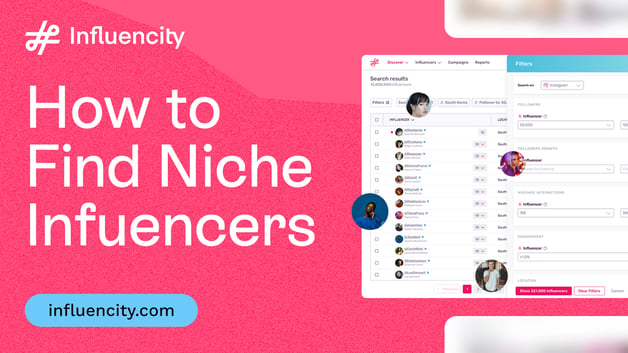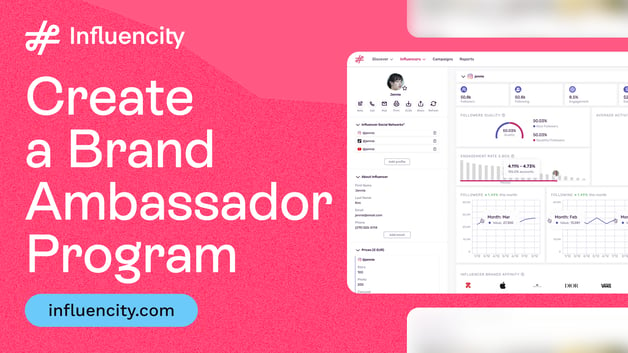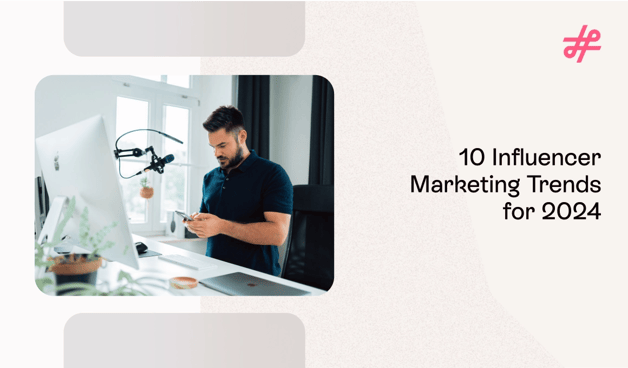Optimizing Your Influencer Marketing Strategy to Scale Your Agency
Managing influencer marketing campaigns is more complex than ever. With the industry projected to reach a global market size of $32.55 billion by 2025, according to the Influencer Marketing Benchmark Report 2025, brands are significantly increasing their investments. As agencies scale to meet this demand, they face challenges such as coordinating multiple influencers, tracking performance, proving ROI, and maintaining client satisfaction. Without a structured approach, inefficiencies can accumulate, making it difficult to deliver consistent results. To stay ahead, agencies need data-driven strategies, streamlined workflows, and the right technology to optimize influencer selection and campaign execution.
Scaling doesn’t just mean taking on more clients or working with bigger influencers. It means optimizing your influencer marketing strategies so that campaigns run smoothly, deliver strong results, and keep your agency efficient. When your processes are solid, you can scale without feeling overwhelmed or burning out your team.
So how do you get there? Focuse on the right influencers, streamline your campaign management processes, using the best tools for tracking performance, and making sure your results translate into real business value for clients.
Let’s break it all down step by step.
1. Set Clear Goals Before Every Campaign
Before jumping into any influencer marketing campaign, you need to know exactly what success looks like for your current campaign. If you don’t set clear goals, it becomes impossible to measure results and prove the campaign was worth it.
Start by asking the right questions. Is this campaign meant to increase brand awareness? Boost engagement? Drive sales? Get more website traffic? Once you define the goal, you can choose and track the right performance metrics.
For example, if the focus is on brand awareness, look at reach and impressions. If the goal is conversions, track website clicks and sales. Having a clear target makes it easier to build an optimized influencer marketing strategy that works and ensures your clients understand what they are paying for.

2. Work With Influencers Who Actually Deliver Results
One of the biggest influencer marketing mistakes agencies make is picking influencers based only on their follower count. A huge audience means nothing if the people following them don’t engage or aren’t the right fit for your client’s brand.
Instead of focusing on numbers, look at:
- Engagement rate. Do people interact with their content in meaningful ways?
- Audience demographics. Are their followers the type of customers your client is trying to reach?
- Content style. Does their tone and aesthetic match the brand’s image?
- Past performance. Have they worked with brands before, and did it drive real results?
Using influencer analytics makes this process much easier. Influencity’s platform helps you analyze an influencer’s engagement, audience demographics, and campaign history so you can be confident in your choices.
3. Build Stronger Relationships With Influencers
Influencers should be seen as brand partners, and the way you work with them can make or break a campaign. If they feel valued and trusted, they will put more effort into creating content that actually resonates with their audience.
Here are a few ways to strengthen those relationships:
- Give them creative freedom. Influencers know their audience best, so let them create content that feels natural.
- Communicate clearly. Set expectations upfront, but make sure they feel like part of the process.
- Engage with their content. Show them support by commenting, sharing, and interacting with their posts.
- Pay them fairly. If you want quality work, you need to respect their time and effort.
Long-term partnerships often bring better results than one-off collaborations. When influencers genuinely like a brand and feel invested in its success, their content becomes more authentic, and audiences respond better.
4. Keep Campaigns Organized and Scalable
Running a few influencer campaigns at a time is manageable. Running dozens or even hundreds? That’s where things can start to fall apart if you don’t have a solid system in place.
A big part of optimizing your influencer marketing strategies is making sure campaigns are structured in a way that allows for smooth execution, easy tracking, and clear reporting. Without an organized workflow, scaling becomes messy, and it’s harder to deliver consistent results to clients.
Here are a few ways to keep things running smoothly:
- Use campaign management tools. Platforms like Influencity help you keep track of influencer performance, campaign schedules, and key data all in one place.
- Create templates for briefs and reports. Having structured documents makes it much easier to onboard influencers and present results to clients.
- Automate where possible. Scheduling posts, tracking engagement, and generating reports can all be streamlined with the right tools.
The goal is to build a workflow that allows you to take on more campaigns without sacrificing quality or efficiency. The more structured your processes are, the easier it becomes to scale.
5. Use Data to Make Smarter Decisions
Guesswork has no place in influencer marketing. Every campaign should be guided by data so you can track performance, prove value to clients, and adjust your strategies when needed.
This is where optimizing your influencer marketing strategies really pays off. When you use data to inform your decisions, you can stop relying on trial and error and instead focus on what’s actually working. That means better influencer selection, stronger campaign performance, and higher client retention.
For instance, with Influencity’s analytics, you can:
- Monitor engagement, reach, and conversions in real time
- Compare influencers to see who performs best
- Track audience sentiment to understand how people feel about the campaign
- Generate detailed reports that make it easy to share insights with clients
A data-driven approach doesn’t just improve campaign results: it makes your agency look more professional, helping you build trust with clients and attract bigger opportunities.
6. Keep ROI at the Center of Every Campaign
At the end of the day, clients want reassurance that their investment is paying off. Running creative influencer campaigns is great, but if they don’t lead to real results, clients will hesitate to invest again. That’s why optimized influencer marketing strategies should always include a strong focus on return on investment.
To measure influencer marketing ROI, track the numbers that matter most. Compare revenue to campaign costs, look at click-through rates, monitor conversions, and check long-term brand engagement. These insights show what’s working and help you fine-tune your future campaigns for even better results.
Clients don’t just want data. They want to understand what it means for their business. Instead of saying, “This campaign reached 100,000 people,” explain, “This campaign brought in 100,000 views, which led to 5,000 clicks and 500 new sign-ups.” When clients can clearly see the impact, they’ll feel more confident about investing in influencer marketing again.
Influencity makes all this easier with real-time tracking, in-depth analytics, and automated reports. Instead of scrambling to gather data from different sources, agencies can access everything they need in one place.
7. Keep Up With Influencer Marketing Trends
Influencer marketing is always changing. New platforms, shifting audience behaviors, and fresh content styles mean agencies need to stay ahead of trends to keep delivering strong results.
Some of the biggest trends shaping the industry right now include:
- Short-form video taking over platforms like TikTok and Instagram Reels
- A demand for real, unfiltered content instead of traditional advertising
- Higher engagement from nano and micro-influencers compared to big-name celebrities
- AI-powered tools making influencer selection and campaign tracking more effective
Keeping up with these trends helps agencies fine-tune their influencer marketing strategies and create campaigns that connect with today’s audiences. It also reassures clients that their investment is being used in ways that are relevant and effective.
@vubli.ai 3 video trends for 2025. 2025 is coming fast, and so are these video trends! Ever wondered which trends will actually make a difference? 🔍 AI is personalizing like never before, right down to your thumbnail. 🎬 60-second stories that stick with you long after they're over. 📱 Vertical is still ruling the screen, so don't look sideways just yet. Which trend are you most excited to try? #AIpersonalization #ShortFilmTrends #VideoEngagement #VerticalVideo #ContentCreation #2025Trends #SocialMediaGrowth #VideoMarketing #ShortFormContent #Vubli ♬ original sound - Gideon at Vubli
8. Measure and Report Success in a Way That Clients Understand
Finally, a campaign isn’t truly successful if you can’t prove it. Clients need to see results, and the way you present these results makes a big difference. Clear, well-organized reporting helps build trust and keeps clients coming back for more.
Instead of dumping numbers into a spreadsheet, focus on telling a story. Show how influencer content led to real engagement, brand awareness, or sales. Highlight key wins and explain what can be improved next time. When clients see the full picture, they’ll appreciate the work your agency is doing.
With Influencity, agencies can create reports that break down influencer performance, audience engagement, and campaign impact. These reports make it easy for clients to see exactly what their investment achieved. They also save time, so agencies can focus on strategy instead of spending hours pulling data together.
Scale Smart with Influencity
And there you have it. Above all, the important thing to keep in mind is that scaling your agency isn’t just about running more campaigns. It’s about optimizing your influencer marketing strategies so they run smoothly, deliver real results, and keep clients happy.
When you focus on clear goals, work with the right influencers, stay organized, and use data to guide your decisions, everything becomes easier. You spend less time putting out fires and more time building strategies that actually work. And when clients see the value, they’ll stick around, giving your agency the stability it needs to grow.
If you want to scale without the stress, Influencity’s platform has everything you need to make it happen. From influencer discovery tools that help you find the perfect creators to relationship management features that keep your collaborations running smoothly, everything is built to save time and maximize results. The campaign manager keeps your projects on track, while smart analytics and real-time reporting make it easy to prove ROI and show clients the impact of their investment. You also get access to in-depth influencer analytics and audience insights, so you can fine-tune your approach and keep your campaigns ahead of the curve.
When all the moving parts are in one place, scaling your agency feels less like a challenge and more like an opportunity. If you’re ready to grow, Influencity is here to help you do it the smart way.
Tags:




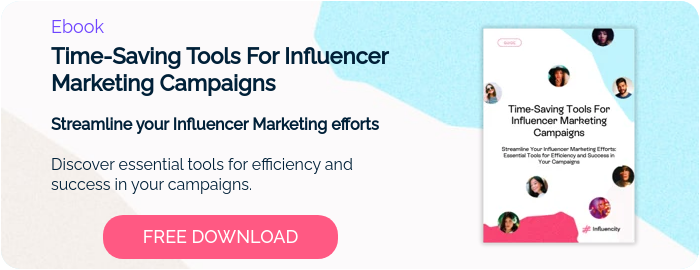




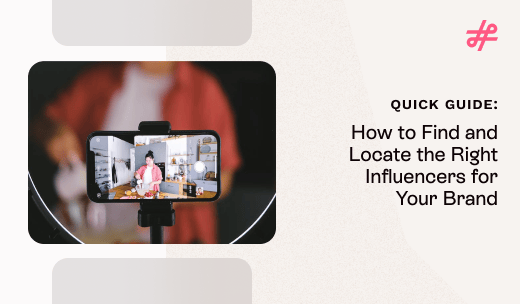





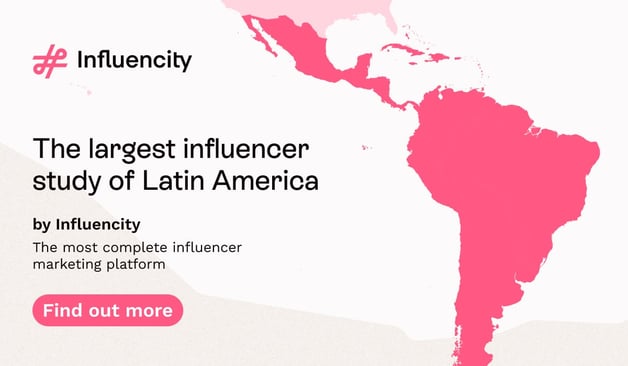







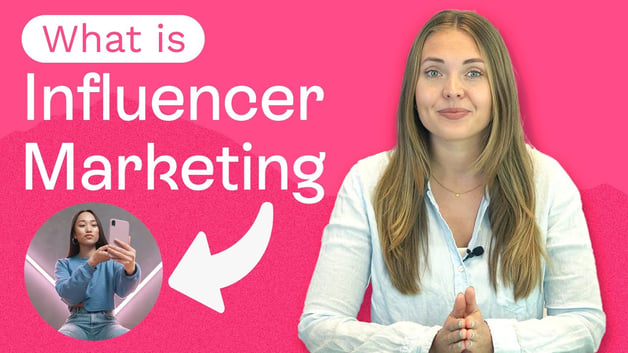

%20and%20How%20Can%20They%20Benefit%20Your%20Brand%20article.jpg?length=628&name=What%20Are%20Key%20Opinion%20Leaders%20(KOL)%20and%20How%20Can%20They%20Benefit%20Your%20Brand%20article.jpg)
